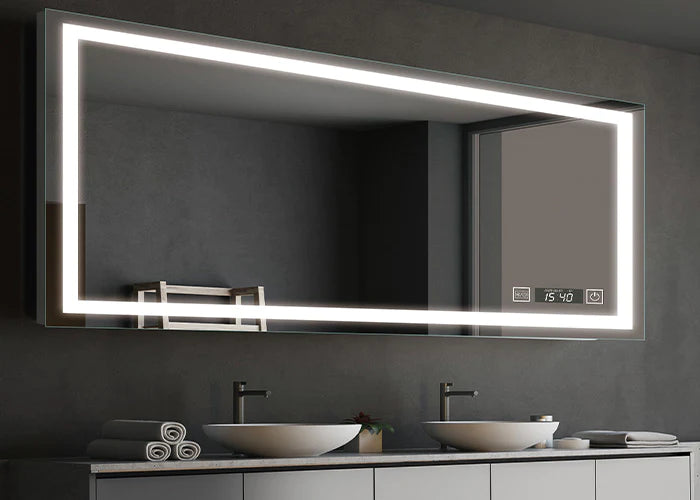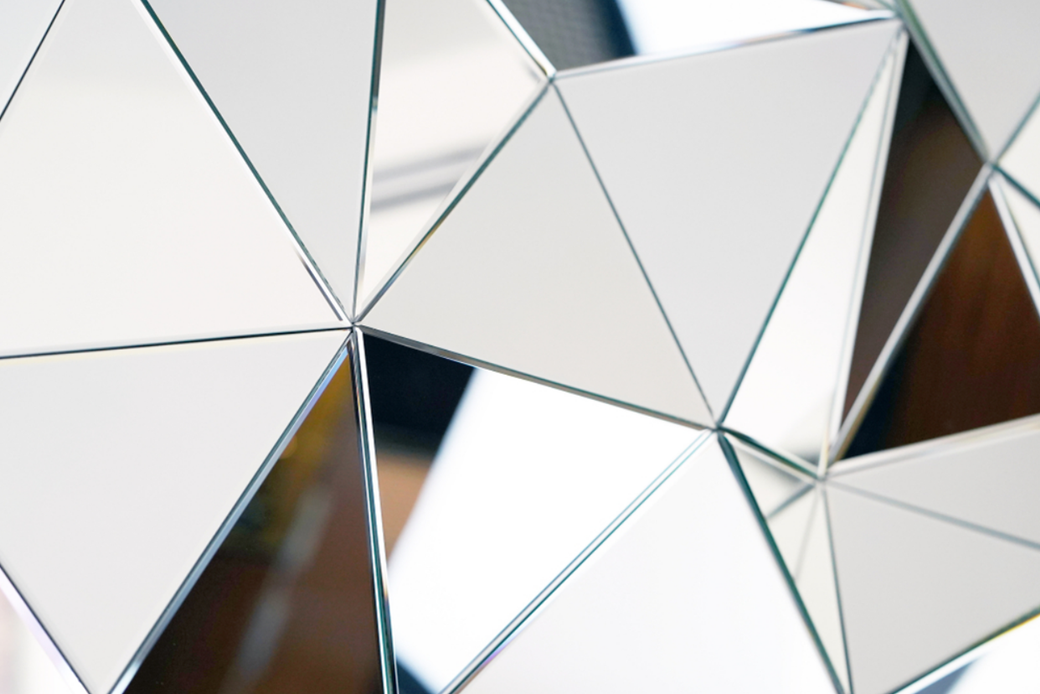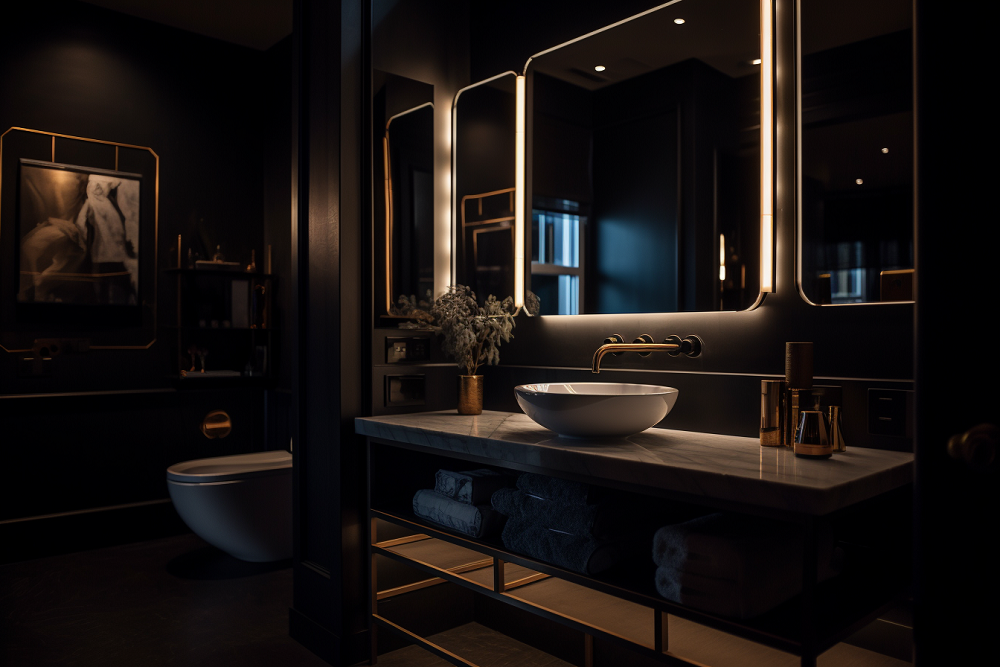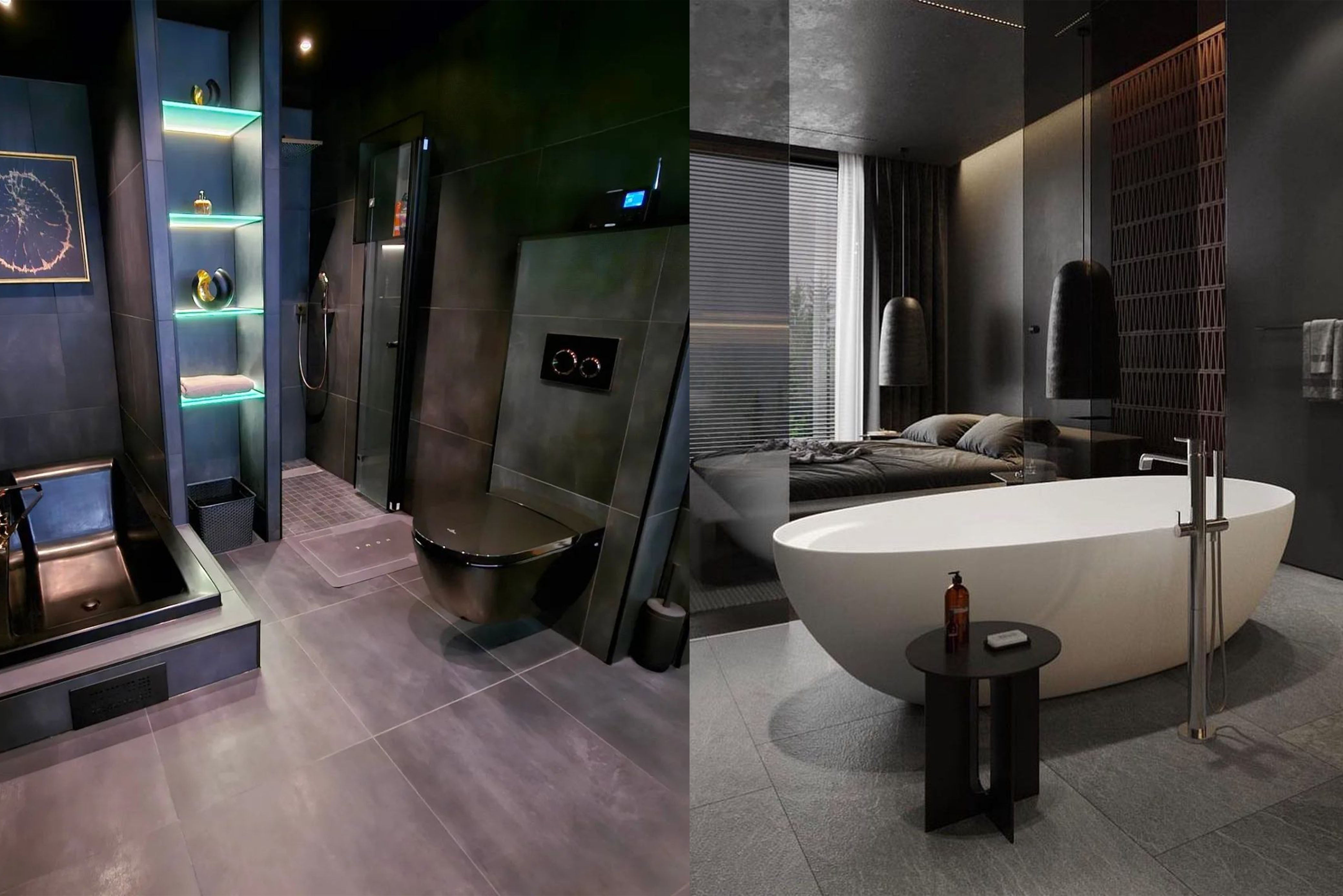We are all familiar with mirrors, and every day they are utilized for a variety of reasons. Whether it is for touching up your makeup or flossing your teeth effectively, a mirror is an element that you cannot afford to ditch from your space. And apart from helping you in several ways, the object is hailed for offering numerous benefits, such as its capacities to increase a room’s appeal where they are placed, maximize a room’s lighting, furnish a good energy to your property, and act as a tasteful way to mask imperfections.
This article sheds light on everything you want to know about mirrors. So stay tuned!
Silver, gray, or white? What color is a mirror, and how do mirrors reflect?
According to BBC Science Focus Magazine, most mirrors are white with a slight green tinge. While a mirror may have a color of its own, it actually reflects the colors of the objects around it. For instance, if you hold a bottle of the color blue in front of a mirror, the mirror will reflect the color blue. Similarly, if you are wearing a red t-shirt, the mirror is going to reflect the same color.
Delving a bit deeper, mirrors work by "the law of reflection", which means that when light waves come in contact with the mirror they are known to bounce back at the same angle at which they hit the object. The flawless surface of the mirror ensures that the reflected image doesn’t get distorted at any point. This is why the object is commonly used in our day-to-day activities for personal grooming, scientific experiments, as well as decorative purposes.

How are mirrors made? Materials and manufacturing techniques
Mirrors can be made with the aid of a variety of materials, including glass, metal, and plastic. However, the most common type that we readily come across in our households is a glass mirror.
Furthermore, a thin layer of aluminum or silver is usually employed for preparing the reflective coating on a mirror. You can see this coating on the backside of the mirror, which is safeguarded by a layer of paint or some other material with the sole purpose of preventing it from getting scratched or damaged. Additionally, it is this reflective coating that allows the mirror to reflect and generate a clear image.
The choice of materials and manufacturing techniques used for mirrors can affect their quality, durability, and cost.
Silver is a highly reflective metal that is often used for high-quality mirrors, but it is also more expensive than other metals. Aluminum is a more affordable option that is commonly used for mirrors in everyday applications, such as home decor and automotive mirrors.
The manufacturing process for mirrors has evolved over time, with new technologies and materials being developed to improve the quality and efficiency of the process. Today, mirrors are made using a variety of techniques, including PVD, chemical vapor deposition (CVD), and electroplating, among others.
Overall, the manufacturing process for mirrors involves precise techniques and careful attention to detail to ensure that the final product is of high quality and meets the desired specifications.

Applications of mirror technology: what are the different purposes mirrors serve?
Mirrors have, for a very long time, been used for a diverse range of purposes. Here are some of the ways these objects are proactively used:
• Beauty and personal Grooming
The most obvious advantage of having mirrors at your place is that they help you with personal grooming. Be it for combing hair, applying makeup, or checking your overall experience, these objects are heavily relied upon in our day-to-day lives.

• Decorative purposes
When it comes to interior design and decoration, mirrors are widely used. They can make the appearance of any room more spacious and can also reflect light, assisting in creating a brighter ambiance. What’s more, you would often see mirrors utilized as decorative wall hangings, in furniture pieces such as dressing tables and wardrobes, and as statement pieces in entryways.

• Scientific experiments
Mirrors have been extensively used in scientific experiments, both for reflecting and redirecting light. From optical systems to telescopes, microscopes, and cameras, their presence cannot be ignored. Moreover, these objects also play an imperative role in laser technology, where they are wielded to reflect and focus the laser beam. Some psychological research also uses mirror as an equipment.
• Reflective surface
Mirrors are used as reflective surfaces in a variety of applications, from telescopes and microscopes to traffic signs and rearview mirrors. They are also used in optical systems, such as lasers and cameras, to direct and focus light.
Whether you are aware of this or not, mirrors have been part of security and surveillance systems such as traffic mirrors and in-store security mirrors. They empower people to meticulously see around corners as well as monitor activities in imperceptible areas.

• Art and photography
For creating quirky and interesting compositions, mirrors are employed by artists and photographers. These objects are used to reflect and manipulate light, which helps in the generation of intriguing patterns and reflections.
• Religious purposes
You will also see mirrors being used in several religious practices, such as in Hinduism. It is believed that they aid in reflecting the soul, with the primary intent of building a connection with the divine.
Mirrors are incredibly versatile tools that serve a wide range of practical and creative purposes. Understanding the different applications of mirror technology can help us appreciate their importance and value in our daily lives.
Types of Mirrors
Mirrors can be categorized into three types: plane mirrors, convex mirrors, and concave mirrors.
• Plane Mirrors
A plane mirror is a type of mirror with a polished glass plate. The surface of a plane mirror is coated with a reflecting material, and the other surface of the mirror is employed for reflecting the light. These are the most common types that can be found in bathrooms, bedrooms, dental offices, dressing rooms, etc. The astounding aspect of a plane mirror is that it produces images that are nearly identical in size as well as appearance.
• Concave mirrors
Concave mirrors are curved inward and have a reflective surface that curves inward as well. They are used in applications where light needs to be reflected and focused, such as in telescopes and headlights.
• Convex Mirrors
It is a type of spherical mirror, also known as a diverging mirror, with a reflective surface on the inner side; the outer surface is used for reflection. So, when the light hits the convex mirror, it is reflected outward and diverges, causing the image to appear smaller and farther away than the object is. Furthermore, these mirrors are commonly used in security, automobile side-view mirrors, etc.

• Rotating mirrors
Also known by the other monikers, scanning and galvanometer, rotating mirrors are mechanically rotated with the aim of directing a laser beam or other light source in a controlled pattern. For 3D mapping, laser engraving, and laser cutting, these mirrors emerge as the safest bet. Additionally, rotating mirrors are known for their paramount role in the precision and accuracy of laser systems.
• Inclined mirrors
The mirrors that are specifically placed at a particular angle to reflect light in a certain direction fall into the "inclined" category. They are a dime a dozen used in optical systems to redirect light, generate multiple reflections, and adjust the path of light beams. In simpler words, inclined mirrors embrace the laws of reflection and emerge as pivotal elements in various scientific and technological applications.
• Two-way mirrors
Two-way mirrors, also known as one-way mirrors, are partially reflective and partially transparent. They are used in applications where privacy is needed, such as in interrogation rooms and police lineups.
• Tinted mirrors
Tinted mirrors have a thin layer of tinted film applied to the surface, which reduces glare and improves visibility in bright or sunny conditions. They are used in automotive and outdoor applications.
Final words
So there you have it! Understanding the different types of mirrors can help us appreciate their versatility and usefulness in a variety of applications. Whether we're using them for personal grooming, scientific research, or artistic expression, mirrors are an essential tool that we rely on every day. By understanding how they work, what colors they appear to be, and the different types available, we can better appreciate the importance and value of mirrors in our lives.





